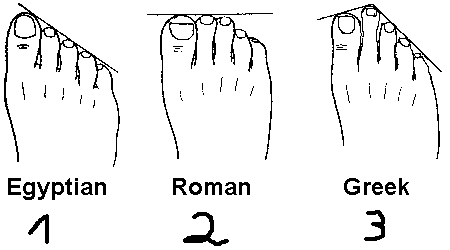Way back in late June 2015, I wrote about using a sacroiliac belt for pain in that joint. (See When the healer needs healing: chronic pain in a sacroiliac joint).
I posted a few updates. (See Update on using the sacroiliac belt, A cheaper sacroiliac belt, working toward “the new normal”, SI belt update, plus insoles for Morton’s foot, and Pelvic rehab update: getting bodywork, exercises, kinesiotaping). I haven’t had much to add since then: getting the belt and wearing it nearly 24/7, using the insoles, continuing to gather information, get bodywork, etc., it just takes time.
It’s now January 2017, and I’m here to give you an update, prompted by a couple of comments I’ve received recently from readers who are suffering from SI joint pain.
I finally stopped wearing the belt last month, in December 2016. That’s right, I wore it most of the time for 18 months, a year and a half. My pelvis feels pretty aligned now. It’s not perfect, but it is strong and tight enough that the joint stays in place. Since I started wearing it, I haven’t had that unstable, painful feeling of my SI joint going out. Continue reading

